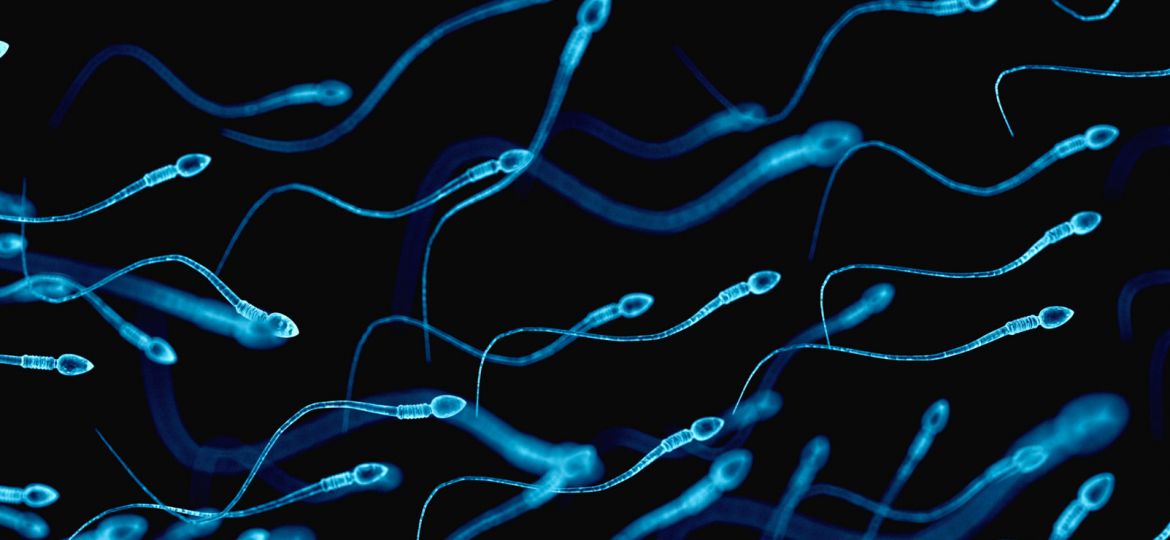
WHY THIS MATTERS IN BRIEF
Researchers give new hope to infertile men and raise ethical questions about how we define fatherhood in the future.
No doubt there are some of you that are sniggering about the news that Chinese researchers have managed to grow artificial sperm – after all, imagine being a child and wanting to go into that field of research but the fact that researchers have created the first viable sperm not only opens up a host of societal and ethical questions but, more importantly it heralds a potential new “cure” for men who are, for whatever reason, infertile.
In the experiment the researchers took a stem cell, then used a chemical cocktail to trigger it to grow into primitive sperm and used it to fertilise a healthy mouse egg to produce healthy pups. And the study, published in the Journal Cell Stem Cell, showed that all the baby mice were healthy and that they grew up to have offspring of their own.
Now experts say that this is a step towards creating new human therapies which could ultimately help men whose fertility is damaged by cancer treatment, infections such as mumps or those with defects that leave them unable to produce sperm.
It’s complicated
Making sperm in the testes is one of the longest and most complicated processes in the body – taking more than a month from start to finish in most mammals and it’s this process that scientists have been able to reproduce in the lab.
Embryonic stem cells can morph into any other type of tissue and in order to develop properly the cell must go through a crucial and delicate rearrangement of its DNA called meiosis. Just like a female’s egg, sperm must lose half of their chromosomes, or bundles of DNA, so that a fertilised egg has a normal amount.
The Chinese research team say they have met the international gold-standard set out for reproducing meiosis in the lab but that they didn’t create sperm as you would recognise them with a head and a tail for swimming – they produced earlier stage sperm known as spermatids.
However, the spermatids had the correct amount of genetic information and were successfully inserted into mouse eggs using traditional IVF techniques.
“All the offspring were healthy and fertile,” said Professor Xiao-Yang Zhao, from the Chinese Academy of Sciences and he added that he hoped the study would offer “inspiration” for similar work with human tissue to “solve the problem of sterility”.
However, he said there were “ethical concerns” and “possible risks should be ruled out first”. Meanwhile his colleague Professor Jiahao Sha, from Nanjing Medical University, said, “We think that this new technique holds tremendous promise for treating male infertility.” And while spermatids have been used to create healthy human babies in Japan the procedure is still illegal in most countries.
Another challenge the field needs to overcome is the starting material – no adult has embryonic stem cells but the Chinese group believe converting skin cells into a stem-cell state, which can be done reliably, will be the solution.
Professor Robin Lovell-Badge, from the UK’s Francis Crick Institute, praised “an impressive amount of work” and “exciting” results which will be “fantastically useful for basic research”.
“I expect many think it is easy to make sperm, most men just sit there and make millions of the little blighters every hour. However, as this paper clearly shows, it is much more complex than this,” he said, while Professor Allan Pacey, from the University of Sheffield, argued making sperm outside the body “would be a remarkable thing to be able to do, both for the advancement of science and also to be able to help infertile men”.
“In spite of these encouraging results, we are still some way from immediately applying this technique as a potential cure for human male infertility,” he said.
















